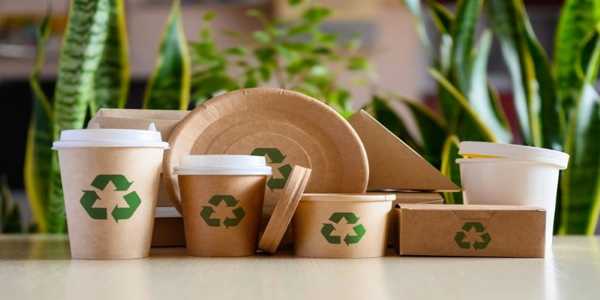The Rise Of Eco-Friendly Beauty Products: What To Watch in 2025
In recent years, eco-friendly beauty products have seen an incredible surge in popularity, driven by increasing consumer awareness about environmental issues and a growing demand for sustainable options. As more people choose to align their values with their purchasing habits, the beauty industry is evolving to offer products that promise not only better results but also less harm to the planet. This shift represents a significant change in the way consumers view beauty and personal care, where sustainability is no longer a niche market but a mainstream expectation. In 2025, there are several trends and developments to keep an eye on as the eco-friendly beauty movement continues to grow.
Sustainability In Packaging
One of the biggest changes in the beauty industry is the shift toward sustainable packaging. The beauty industry has long relied on single-use plastics, with many bottles, tubes, and jars contributing to the overwhelming plastic waste problem. However, there is now a clear trend toward using biodegradable, recyclable, or reusable packaging materials. Brands are moving away from plastic packaging in favor of materials like glass, aluminium, and even compostable bioplastics.
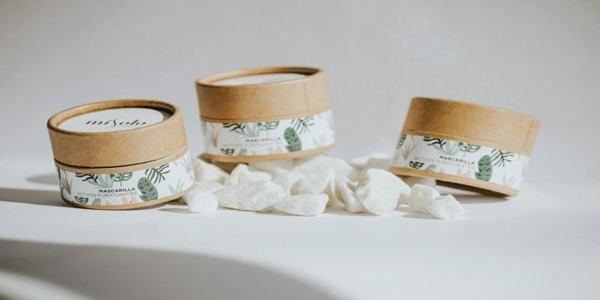
This movement is not just about replacing plastic with another material; it's about rethinking the entire life cycle of a product. Many companies are investing in refillable containers, allowing customers to purchase refills rather than completely new products. This not only reduces waste but also helps to lower the carbon footprint associated with manufacturing and transportation. As the demand for sustainable packaging grows, more brands are working to reduce their environmental impact by adopting eco-friendly solutions that are also aesthetically appealing and practical for consumers.
Natural Ingredients And Clean Beauty
Eco-friendly beauty products are not just about packaging; they also focus heavily on what’s inside the bottle. Consumers are increasingly looking for natural, non-toxic ingredients that are better for their skin and the environment. This trend has led to the rise of "clean beauty," which emphasizes products free from harmful chemicals like parabens, sulfates, and phthalates.
In 2025, the demand for clean beauty continues to rise, but it's now expanding beyond just avoiding harmful chemicals. Consumers are also looking for brands that are transparent about where and how their ingredients are sourced. Ethical sourcing is becoming a key selling point, with many eco-conscious beauty brands emphasizing fair trade practices, cruelty-free testing, and sustainable farming techniques. This transparency allows customers to feel more confident that the products they are using are not only better for their skin but also have a positive impact on the world.
In addition to traditional ingredients like aloe vera, lavender, and shea butter, there's an increasing interest in plant-based and regenerative ingredients. These are derived from sources that help regenerate ecosystems and promote biodiversity rather than depleting them. For instance, regenerative agriculture methods are being used to grow ingredients like hemp, which requires fewer resources to grow and offers a more sustainable alternative to other crops.
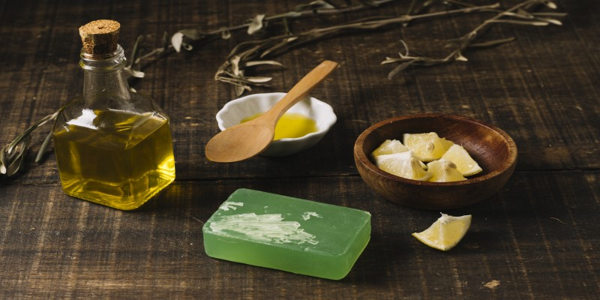
The Shift Toward Minimalism In Beauty Routines
Another noticeable trend in the eco-friendly beauty movement is the growing popularity of minimalism in skincare and makeup routines. As consumers become more mindful of both the environmental and economic costs of overconsumption, many are adopting a more pared-back approach to beauty. Instead of buying a vast array of products, many are opting for multi-purpose, all-in-one items that serve several functions, such as a moisturizer with SPF or a tinted lip balm that can also be used as a cheek tint.
This minimalist approach extends to the packaging as well, as consumers seek products that are concentrated and require less water in their formulation. These products often feature fewer ingredients, which are more targeted and effective, reducing the need for excess products. The rise of minimalist beauty routines is also tied to the broader sustainability movement, as it encourages more thoughtful consumption and waste reduction.
Eco-Friendly Beauty Goes Beyond Products
While the rise of eco-friendly beauty products is exciting, the sustainability movement is not just about the individual products themselves. More beauty brands are examining their overall environmental and social impact, which includes everything from the way products are manufactured to the way they are marketed and sold.
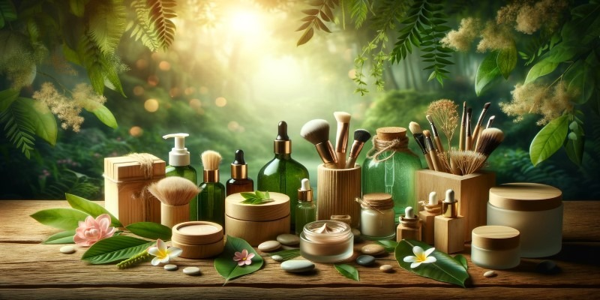
In 2025, corporate responsibility will become a more significant factor in consumer purchasing decisions. People want to support companies that are genuinely committed to sustainability—not just those that use buzzwords like "green," "natural," or "eco-friendly." This means that brands are increasingly adopting environmental and social responsibility practices that go beyond using sustainable ingredients or packaging. Many are focusing on reducing their carbon footprint, offsetting emissions, supporting ethical labor practices, and contributing to local communities.
One of the most visible ways brands are showcasing their commitment to sustainability is through certifications and third-party audits. Labels like "B Corp," "Fair Trade," and "Certified Organic" are becoming more common as consumers seek assurances that the companies they support are living up to their claims. These certifications offer transparency and credibility in an otherwise crowded market, allowing consumers to make informed choices about the brands they trust.
Vegan And Cruelty-Free Products
Vegan and cruelty-free beauty products have become increasingly popular in recent years, and the demand for these products continues to rise in 2025. As consumers become more aware of animal welfare issues and the environmental impact of animal-based ingredients, many are turning to plant-based alternatives. These products are free from animal-derived ingredients like beeswax, lanolin, and carmine, and they are not tested on animals.
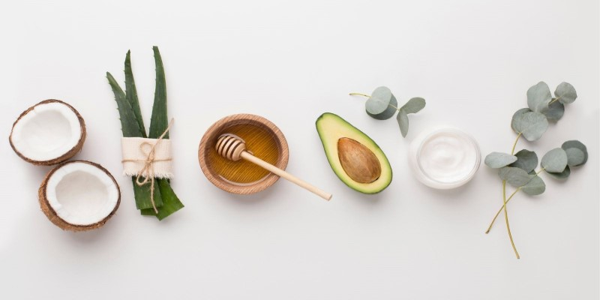
The rise of vegan and cruelty-free beauty has sparked a wave of innovation in the beauty industry, with brands developing alternative ingredients that perform just as well as their animal-derived counterparts. For example, plant-based oils and butter are now being used in place of animal fats, and synthetic pigments are replacing those made from crushed insects. This not only aligns with ethical consumerism but also offers environmental benefits, as plant-based ingredients tend to have a smaller carbon footprint than animal-derived ones.
In 2025, more brands will adopt vegan and cruelty-free policies, and consumers will increasingly be able to find these products at all price points, making them accessible to a wider audience. As the demand grows, expect more transparency and labeling regulations around vegan and cruelty-free claims, allowing consumers to make informed decisions with confidence.
The Future Of Eco-Friendly Beauty
As the eco-friendly beauty market continues to expand, several innovative developments are worth watching in the coming years. One key area is the use of technology to create more sustainable products. For instance, some beauty brands are using biotechnology to develop sustainable, lab-grown ingredients, which can reduce the environmental impact of farming and harvesting. Additionally, advances in packaging technologies, such as water-soluble capsules and biodegradable films, are making it easier for beauty brands to reduce their environmental footprint.
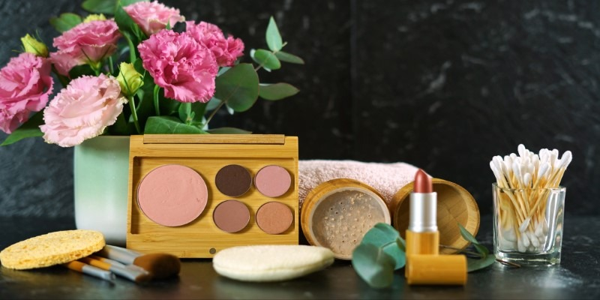
The trend of personalization is also expected to play a role in the rise of eco-friendly beauty. Personalized skincare and makeup products, tailored to individual needs and concerns, can help reduce waste by ensuring that customers only buy products that are right for them. With the help of AI and data analytics, beauty companies can create more effective and targeted products, reducing the need for excessive product lines and helping to minimize overproduction and waste.
Conclusion
The rise of eco-friendly beauty products in 2025 represents a significant shift in the beauty industry, as consumers increasingly demand products that are better for both their skin and the planet. From sustainable packaging and natural ingredients to ethical sourcing and corporate responsibility, the trends shaping the eco-friendly beauty movement reflect a growing desire for sustainability in all aspects of life. As innovation continues to drive progress, the future of beauty is likely to be cleaner, greener, and more thoughtful than ever before. For consumers, this means having more choices than ever when it comes to beauty products that align with their values. For the beauty industry, it means adapting to a new standard of responsibility and transparency. The rise of eco-friendly beauty is not just a trend—it's a movement toward a more sustainable and ethical future in the world of personal care.



